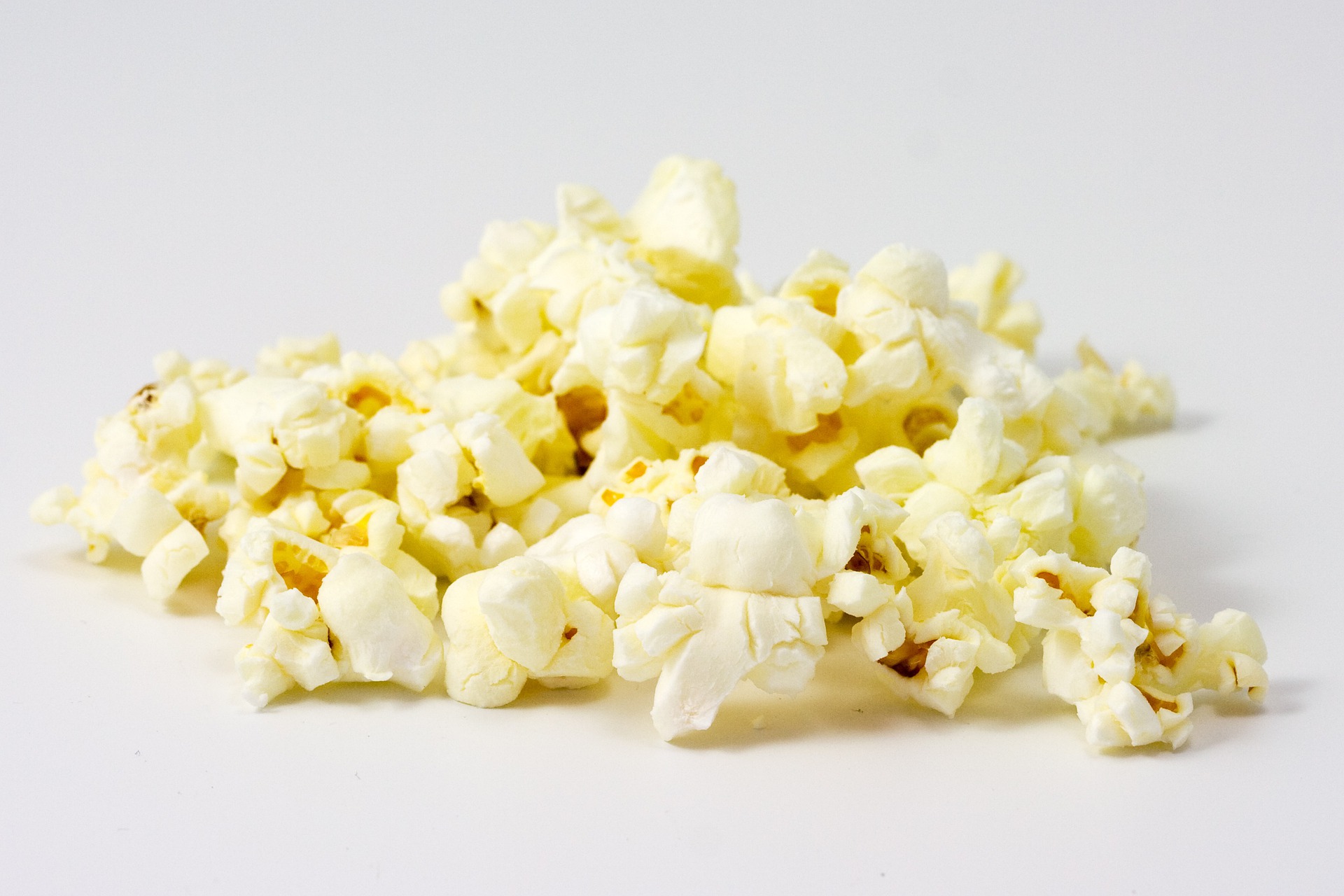Popcorn mass refers to the total weight or quantity of popped popcorn that results from heating popcorn kernels. This simple yet fascinating transformation is at the heart of what makes popcorn a beloved snack worldwide. Understanding popcorn mass involves exploring various factors such as kernel size, moisture content, cooking methods, and even the cultural and nutritional aspects of popcorn consumption.
Factors Affecting Popcorn Mass
The mass of popped popcorn can vary significantly based on several key factors:
1. Kernel Size:
The size of the popcorn kernel itself plays a crucial role in determining the mass of the popped corn. Larger kernels tend to yield larger pieces of popcorn when heated, thereby influencing the overall mass of the popped product.
2. Moisture Content:
The moisture content within the popcorn kernel affects how it pops. Kernels with higher moisture content tend to produce more voluminous popcorn when heated, contributing to a higher mass of popped corn.
3. Cooking Method:
The method used to heat the popcorn kernels also impacts the mass of the resulting popcorn. Whether it’s air-popped, microwaved, or prepared in a stovetop popper, each method can yield different quantities of popped corn due to variations in heating efficiency and distribution.
Nutritional Value of Popcorn
Beyond its mass and size, popcorn is also valued for its nutritional content:
1. Whole Grain Benefits:
Popcorn is considered a whole grain, retaining its bran, germ, and endosperm, which are rich in dietary fiber and essential nutrients.
2. Low Caloric Content:
When prepared without excessive butter or oil, popcorn can be a low-calorie snack option, making it popular among health-conscious individuals.
3. Antioxidant Properties:
Popcorn contains antioxidants such as polyphenols, which contribute to its health benefits and potential protective effects against chronic diseases.
Cultural Significance
Popcorn holds cultural significance across different societies and settings:
1. Cinematic Tradition:
In many cultures, popcorn is synonymous with movie theaters, where its aroma and crunch enhance the cinematic experience.
2. Social Gatherings:
Popcorn is often served at social gatherings, sports events, and parties, fostering a sense of communal enjoyment and sharing.
3. Historical Use:
Historically, popcorn has been enjoyed for centuries, with evidence of its consumption dating back to ancient civilizations in the Americas.
Health Benefits
Consuming popcorn can offer several health benefits when enjoyed in moderation:
1. Fiber-Rich Snack:
As a whole grain, popcorn provides dietary fiber, promoting digestive health and aiding in weight management.
2. Low Glycemic Index:
Popcorn has a low glycemic index, meaning it does not cause a rapid increase in blood sugar levels after consumption.
3. Gluten-Free Option:
Popcorn is naturally gluten-free, making it suitable for individuals with gluten intolerance or celiac disease when prepared without cross-contamination.
Environmental Impact
The production and packaging of popcorn can have environmental implications:
1. Packaging Waste:
The packaging materials used for popcorn, such as plastic bags or containers, contribute to environmental waste if not disposed of responsibly.
2. Energy Consumption:
The energy-intensive process of popcorn production, including heating and packaging, can contribute to carbon emissions and environmental impact.
Conclusion
In conclusion, popcorn mass is influenced by various factors including kernel size, moisture content, and cooking method. This versatile snack not only delights taste buds but also offers nutritional benefits when prepared healthily. Its cultural significance spans across generations and continents, making popcorn a cherished snack enjoyed worldwide. As consumers, understanding the factors influencing popcorn mass allows for a deeper appreciation of this simple yet remarkable culinary delight.
What is popcorn mass?
Popcorn mass refers to the total weight or amount of popped popcorn produced from kernels when heated. It varies depending on factors like kernel size and cooking method.
How does kernel size affect popcorn mass?
Larger kernels generally produce larger popped pieces of popcorn, affecting the overall mass when cooked.
Why is popcorn considered a healthy snack?
Popcorn is a whole grain high in fiber and low in calories, especially when prepared without excessive butter or oil.
What cultural significance does popcorn hold?
Popcorn is enjoyed globally in cinemas, homes, and events for its crunchy texture and savory flavor, making it a popular snack choice.
What environmental impact does popcorn production have?
Popcorn production and packaging can contribute to environmental issues through packaging waste and energy consumption.

